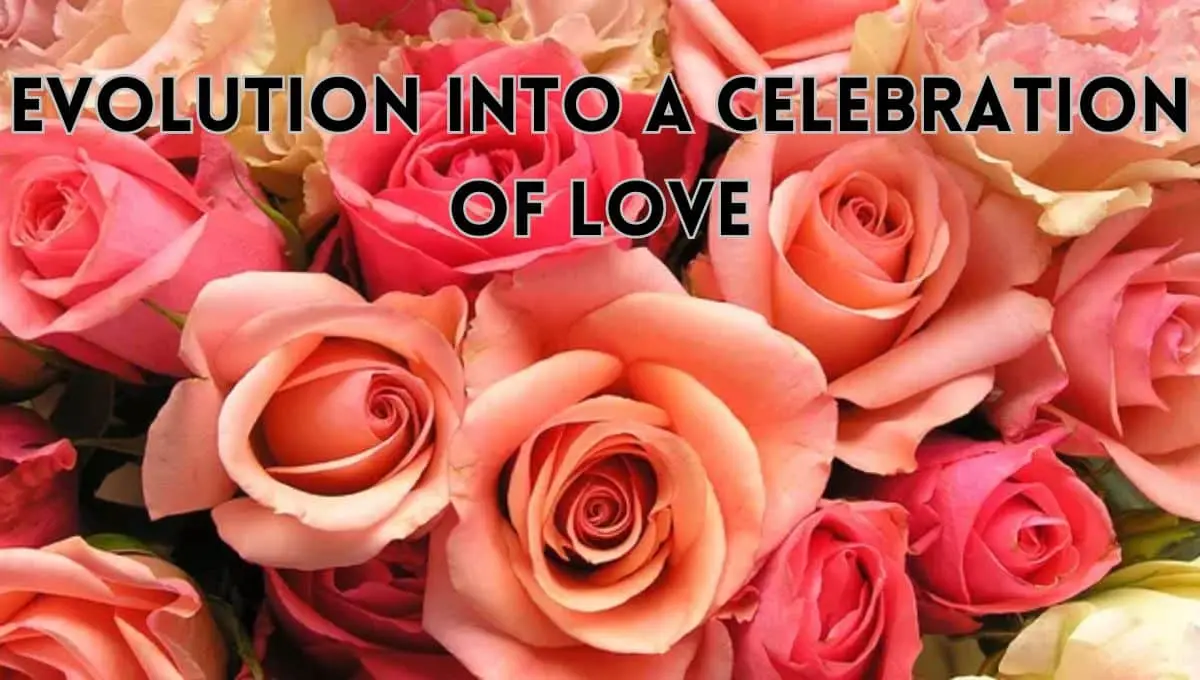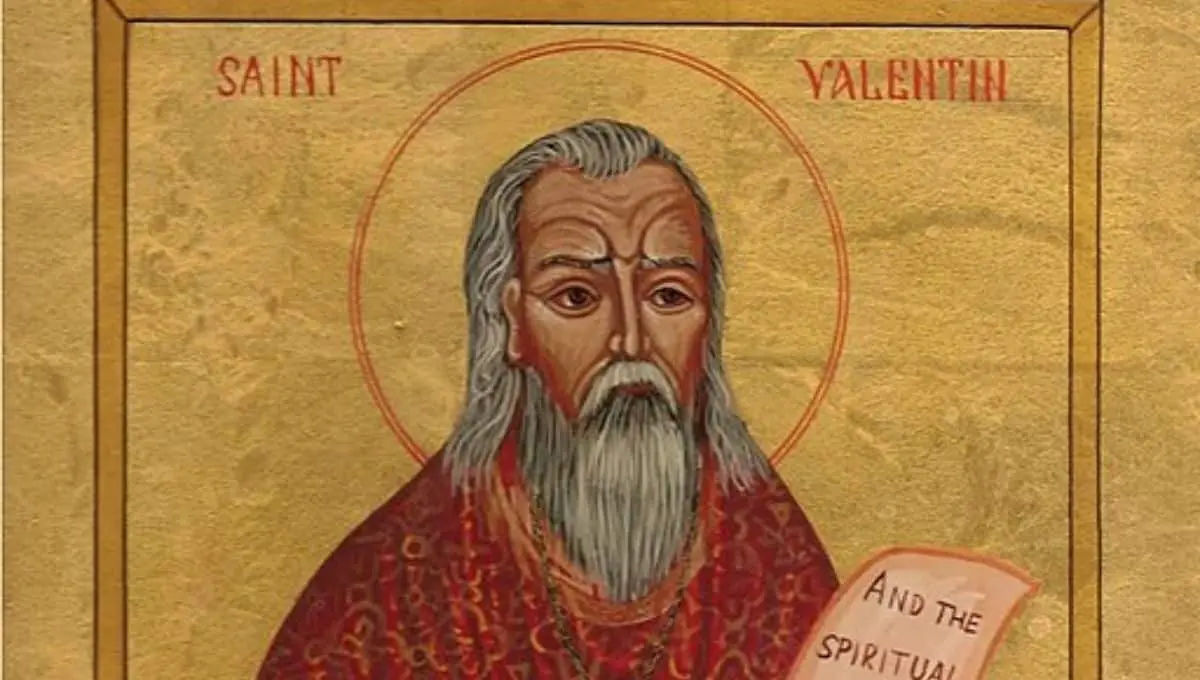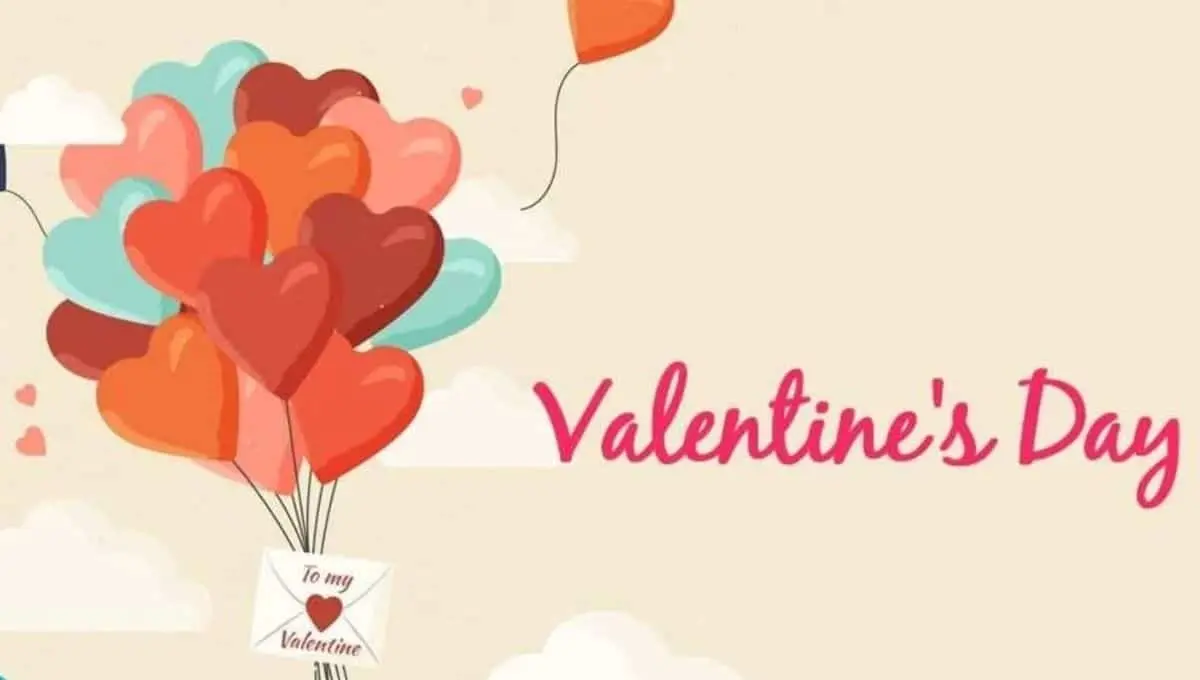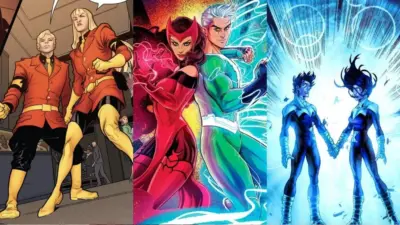Valentine’s Day, celebrated annually on February 14th, has a rich and multifaceted history that spans centuries and cultures. Its origins can be traced back to ancient Rome and Christian martyrdom, where it evolved from a solemn feast day into a celebration of love and affection.
The roots of Valentine’s Day are believed to lie in the life and martyrdom of Saint Valentine, a Christian priest who lived during the third century in Rome. While there are several accounts of individuals named Valentine who were martyred for their faith, the most commonly cited figure is Valentine of Rome. According to legend, Valentine defied the orders of Emperor Claudius II, who had banned marriage for young men, believing that single men made better soldiers. Despite the decree, Valentine continued to perform marriages for young couples in secret, thus earning the reputation of a clandestine matchmaker.
Another popular legend surrounding Saint Valentine tells of his imprisonment for ministering to Christians who were persecuted under the Roman Empire. While in jail, Valentine is said to have restored sight to the blind daughter of his jailer, an act that further solidified his reputation as a symbol of love and compassion.
History of Valentine’s Day: The Fascinating Origins of Valentine’s Day
Evolution into a Celebration of Love

The association of February 14th with romantic love began to take shape in medieval Europe, where the ideals of courtly love flourished. Poets and writers of the time, such as Geoffrey Chaucer and William Shakespeare, helped popularize the notion of romantic love through their literary works, further cementing the connection between love and Valentine’s Day.
During the 18th century in England, Valentine’s Day evolved into a more secular holiday, characterized by the exchange of tokens of affection between couples. Handwritten notes, flowers, and confectionery became popular gifts, and the tradition of sending valentine cards gained widespread popularity. These cards, often adorned with romantic imagery such as hearts and Cupids, served as expressions of love and devotion between partners.
Symbolism and Customs
The symbols associated with Valentine’s Day, such as hearts, doves, and Cupid, have deep-rooted significance in the celebration of love. The heart, for example, has long been considered a symbol of love and affection, while doves are often associated with purity and fidelity. Cupid, the mischievous winged god of love in classical mythology, is often depicted as an arrow-wielding cherub who strikes unsuspecting hearts with his arrows, causing them to fall in love.
In addition to exchanging gifts and cards, various customs and rituals have emerged around Valentine’s Day in different cultures. In some countries, it is customary for couples to exchange gifts or go out for a romantic dinner, while in others, the holiday is celebrated with festivals and parades. Regardless of the specific customs observed, the underlying sentiment remains the same: to express love and affection towards loved ones.
Religious Significance

Valentine’s Day, despite its modern association with romance and love, still carries religious significance in various Christian denominations. In the Anglican Communion and the Lutheran Church, February 14th is commemorated as the feast day of Saint Valentine.
While the customs and practices associated with this observance may vary, the underlying recognition of Saint Valentine’s martyrdom remains consistent. Similarly, in the Eastern Orthodox Church, Saint Valentine is honored, although the specific dates of observance may differ. This religious connection serves as a reminder of the holiday’s Christian origins, even as it has become widely celebrated in secular contexts.
Connection to Ancient Roman Festivals
The origins of Valentine’s Day and its potential connection to ancient Roman festivals, particularly Lupercalia, have long been a subject of scholarly debate. Lupercalia, a fertility festival dedicated to Lupercus and Juno, was celebrated from February 13th to 15th.
While some scholars suggest a link between Lupercalia and Valentine’s Day, others argue that the two celebrations are distinct and unrelated. Despite the uncertainty surrounding its historical origins, Valentine’s Day has evolved into a global celebration of love and affection, transcending its potential ties to ancient Roman customs.
Modern-Day Celebration

Today, Valentine’s Day is celebrated worldwide as a day dedicated to expressing love and affection towards loved ones. While its religious and historical roots remain significant to some, the holiday has largely evolved into a secular celebration characterized by various customs and traditions.
From exchanging gifts and cards to enjoying romantic dinners and spending quality time together, people around the world use Valentine’s Day as an opportunity to celebrate love in all its forms. Despite its diverse cultural interpretations, Valentine’s Day continues to unite people in a shared expression of affection and appreciation for one another.
Also Read: Top 10 Most Romantic Female Character From The World Of Literature To Learn Romance This Valentine’s Day


